The Complete Guide to ChatGPT Text to Speech | 2025 Update
ChatGPT Text to Speech feature received another major update in June 2025, making it more natural and human. It can now handle complex voice conversation behaviors with humans, including interruptions, emotional inflections, and tone adjustments. Although it is not available to everyone, the ChatGPT Text-to-Speech feature is revolutionizing how users find quick solutions to their problems and challenges in everything from personal life to work. But what makes it so effective? How can you use it? Are there any alternatives? We'll answer these questions and more in this detailed post on the ChatGPT Text-to-Speech feature.
Part 1: What is ChatGPT Text to Speech?
ChatGPT is a Generative Pre-trained Transformer (GPT) series of AI models developed by Open AI. Specifically, the GPT-3.5 and GPT-4 AI models of ChatGPT are equipped with the most advanced versions of the Text-to-Speech feature in existence. Voice interaction with ChatGPT is not only natural and fluid; it's the most human-like communication experience with AI bots yet.
While it's highly capable, ChatGPT's text-to-speech feature is largely limited to ChatGPT Plus and Team subscribers. Free users do not have access to this feature. Since premium users must pay a monthly subscription fee, the pricing model is not affordable to everyone. Therefore, several open-source solutions offer their versions of text-to-speech services as a bridge between ChatGPT and the user.
Part 2: Why ChatGPT Text to Speech is so Popular?
Text-to-speech is one of the most popular and sought-after features of ChatGPT, and rightly so. It brings machines one step closer to understanding human needs and meeting them faster and more effectively. Here's how:
- Higher Productivity
- Superior Information Consumption
- Accessibility
- Learning Aid
Humans have spent millions of hours understanding how machines work in order to get them to function the way we want. We've been coding in languages and syntaxes that they understand for decades now. With text-to-speech, you can ask AIs to work for you in your own language, which drastically boosts productivity.
Thanks to text-to-speech, users can consume a large amount of information in the most intuitive way we know - by listening - instead of staring at screens for long hours.
ChatGPT Speech-to-Text and Text-to-Speech features are powerful equalizers for individuals with physical impairments. It could be something overt like visual impairment or something more inconspicuous like dyslexia.

Thanks to text-to-speech, individuals can learn new languages and practice pronunciation with greater accuracy. Additionally, there is a whole segment of people who prefer audio content over books and videos. Text-to-speech can provide them with specific, reliable, and useful information in formats that they prefer.
Part 3: How to Use ChatGPT Text-to-Speech for Premium Users
Currently, the ChatGPT Text to Speech feature is available only to Plus and Team subscribers of ChatGPT. If you're a paid subscriber of one of these plans, the following quick tutorial will work for you.
- Step 1: Go to Settings
- Step 2: Enable Text-to-speech
- Step 3: Choose Voice
- Step 4: Start Talking
Launch the ChatGPT app on your mobile, tap on the '3-dot' menu at the top right,click 'Settings.'

Scroll down to 'New Features', enable 'Voice Conversations.'
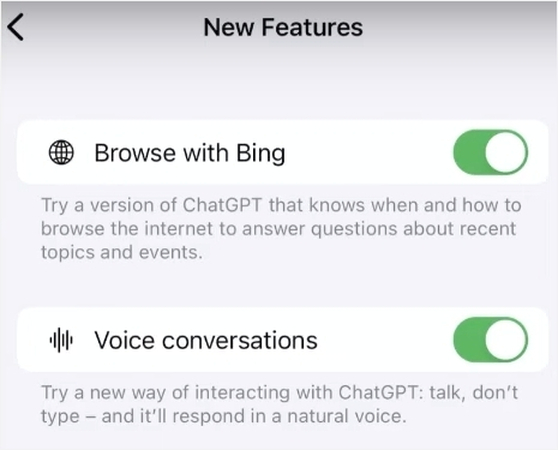
Under 'Speech,' pick a voice you like.
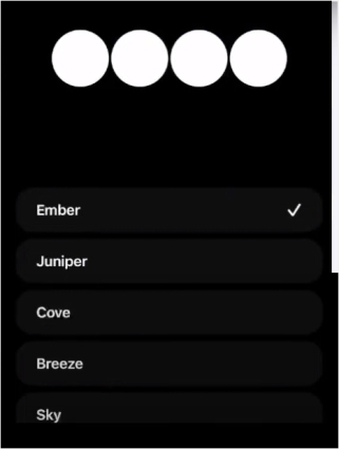
Tap the 'Headphone' icon to connect to the assistant, talk to ChatGPT.

Part 4: How to Use ChatGPT Text-to-Speech for Free Users
1. Talk-to-ChatGPT Chrome Extension
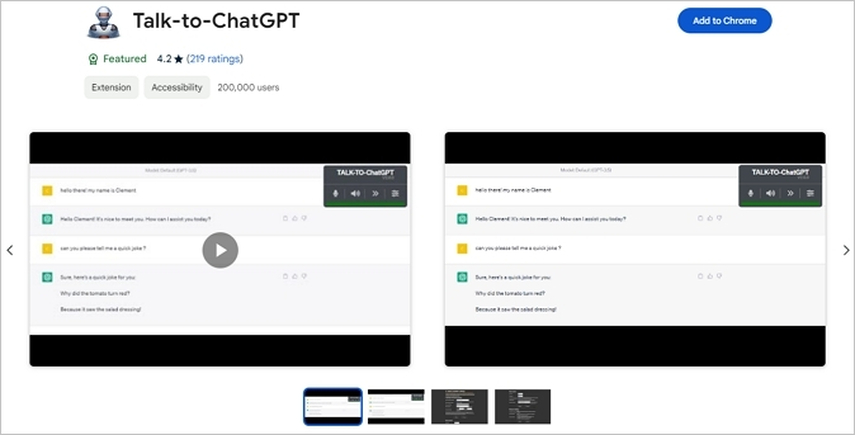
Talk-to-ChatGPT is an open-source browser extension designed for the Chromium ecosystem. So, the plugin can be installed on Chrome, Brave, Microsoft Edge, and other Chromium-based browsers. Although it's not as natural-sounding as ChatGPT, it works surprisingly well. Talk-to-ChatGPT supports multiple languages and lets users control the pitch, speed, and other voice settings. It acts as a virtual assistant between you and ChatGPT, bringing ChatGPT Speech-to-Text functionality to free users.
2. VoiceWave: ChatGPT Voice Control
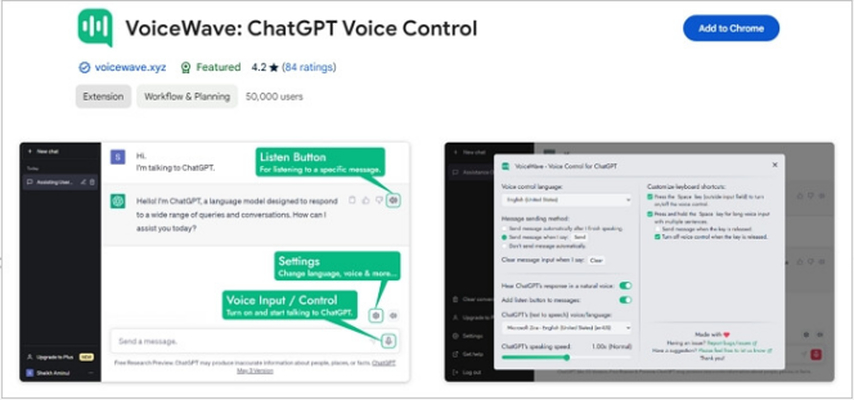
VoiceWave: ChatGPT Voice Control is another open-source browser extension for Chrome ecosystem browsers. It offers a higher degree of customizability and convenience to users. With support for over 140 languages, VoiceWave: ChatGPT Voice Control can convert text to speech in any language you prefer. Additionally, it allows users to customize keyboard shortcuts, making it the ideal tool for power users who demand that level of customizability.
Bonus: Converting Speech to Text With AI Transcription
While ChatGPT is great for voice interactions, it also has its limitations. For one, it's not the ideal tool for converting speech from video to text because of file size limitations, among other reasons. Whereas HitPaw Speech to Text Converter excels at identifying speech in videos and dynamically converting them to text. It's fast, accurate, and intuitive.
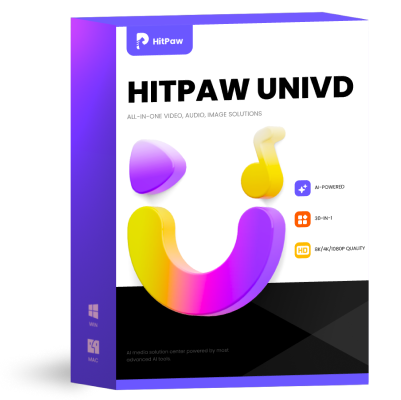
HitPaw Univd - All-in-one Video Solutions for Win & Mac
Secure Verified. 254,145 people have downloaded it.
- Detect speech in imported videos and directly convert it into text.
- The speech-to-text output of Univd is incredibly precise and accurate.
- Edit the auto-generated captions directly to make corrects or changes as required.
- Convert speech to text from videos and audio in 16 languages.
- Save the output from Univd's speech-to-text in SRT file format for use as subtitles.
- Speech-to-text services are available for both Mac and Windows users.
Secure Verified. 254,145 people have downloaded it.
How to Use HitPaw Univd AI Text-to-Speech Feature
- Step 1: Activate Speech to Text
- Step 2: Upload Video or Audio
- Step 3: Select Output Settings
- Step 4: Convert Speech to Text
- Step 5: Export Text
Launch HitPaw Univd, choose 'Speech to Text' from the 'Home' module.

Drag your audio or video file directly into the tool.
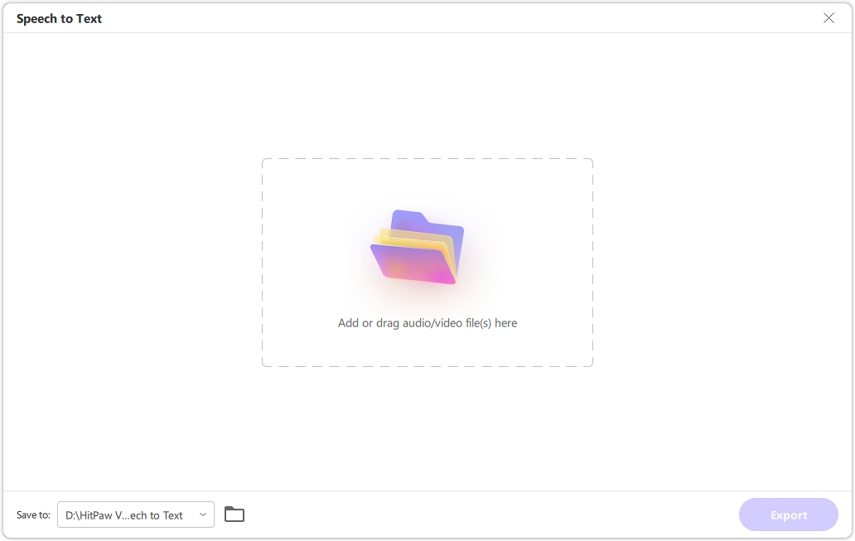
Choose 'Output Format' as Plain Text unless you want to save the output as a subtitle file, select the language of the source file.
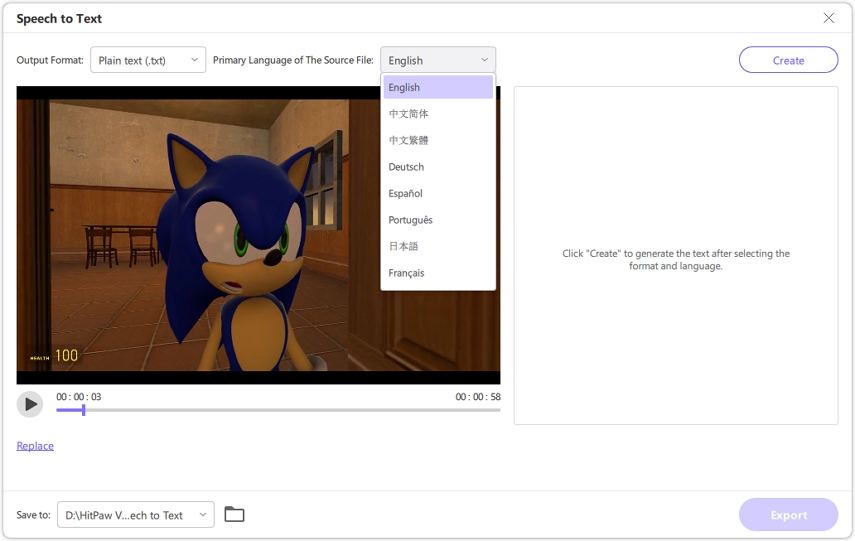
Click 'Create' to start converting the speech to text from your file, edit the output if necessary.
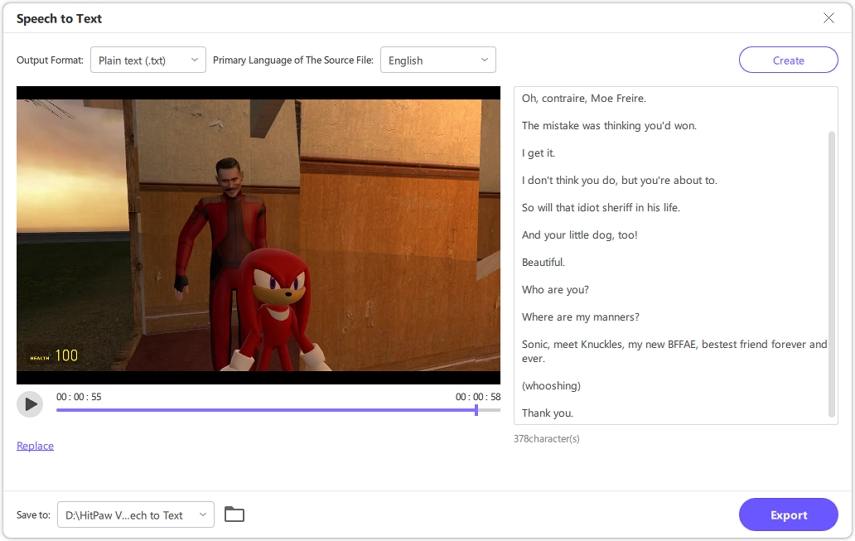
Click on 'Export' to save the generated text.
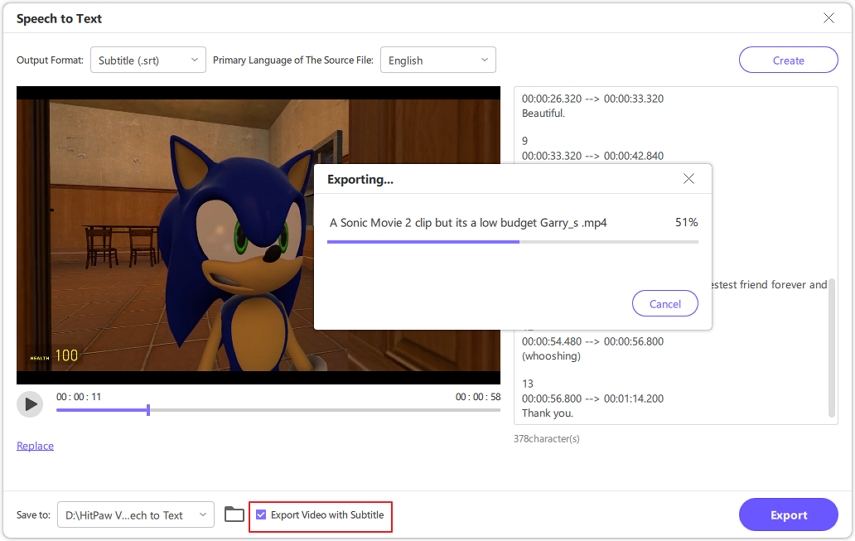
FAQs on ChatGPT Text to Speech
Q1. Which devices support the Chat GPT Text-to-Speechfeature?
A1. All desktop app and mobile app versions of ChatGPT support the Text to Speech feature. The feature is not supported on browsers at the moment, but Open AI has plans to add them to its compatibility list in the near future.
Q2. Does ChatGPT Text-to-Speech work offline?
A2. No. ChatGPT Text to Speech requires an active internet connection to function properly. It does not work offline.
Q3. Can I use ChatGPT Text-to-Speech to read back documents or messages?
A3. Yes, but with limitations. You must upload the document to ChatGPT and ask it to read the contents aloud. You cannot, for instance, ask it to read aloud a webpage in your browser tab. There are also no commands or controls for rewinding, pausing, etc. Chat GPT Text-to-Speech is not designed for reading documents. It's for voice interactions.
Conclusion
ChatGPT's Text-to-Speech feature allows you to converse with the AI and hear it respond, just like in a real conversation. This makes it easier to ask questions, learn things, and get help without typing. It's great for students, workers, and people who prefer listening. While it's a premium feature that requires a subscription fee, which can add up quickly, it's not built for converting video or audio speech to text. For that, you need a tool like HitPaw Univd. It's fast, accurate, and remarkably intuitive to use. Try Univd today.








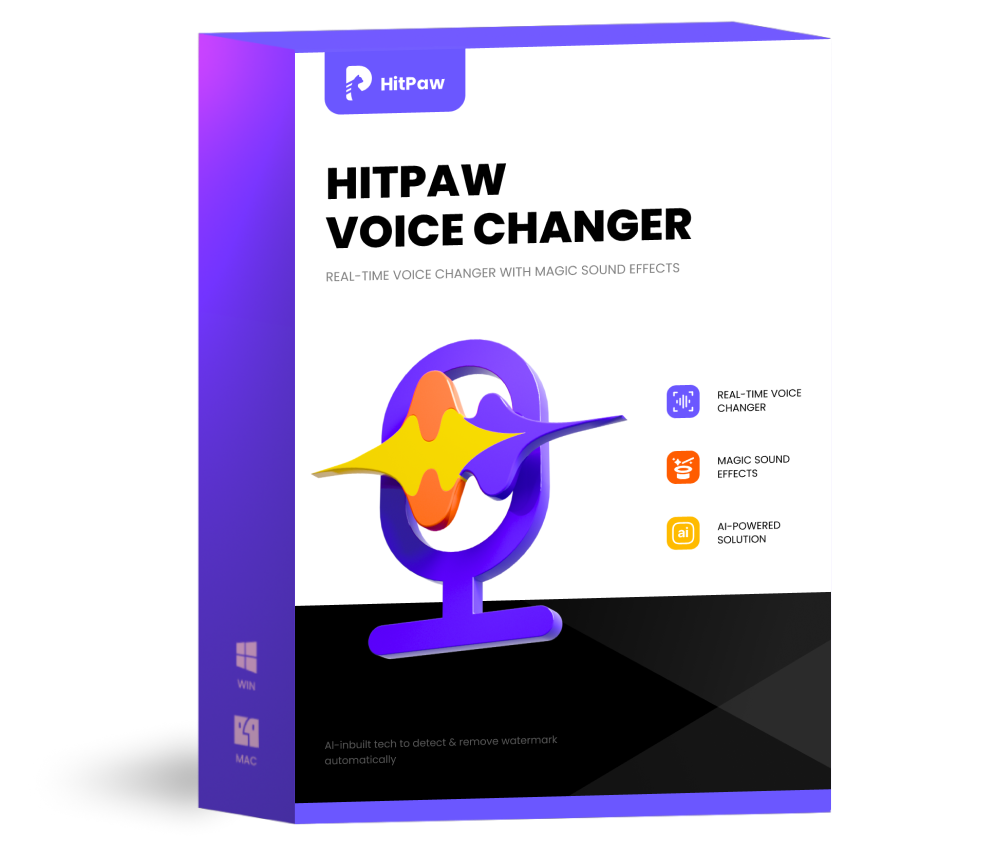 HitPaw VoicePea
HitPaw VoicePea  HitPaw VikPea (Video Enhancer)
HitPaw VikPea (Video Enhancer)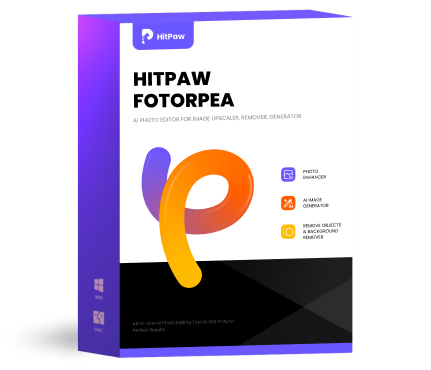 HitPaw FotorPea
HitPaw FotorPea



Share this article:
Select the product rating:
Daniel Walker
Editor-in-Chief
This post was written by Editor Daniel Walker whose passion lies in bridging the gap between cutting-edge technology and everyday creativity. The content he created inspires the audience to embrace digital tools confidently.
View all ArticlesLeave a Comment
Create your review for HitPaw articles